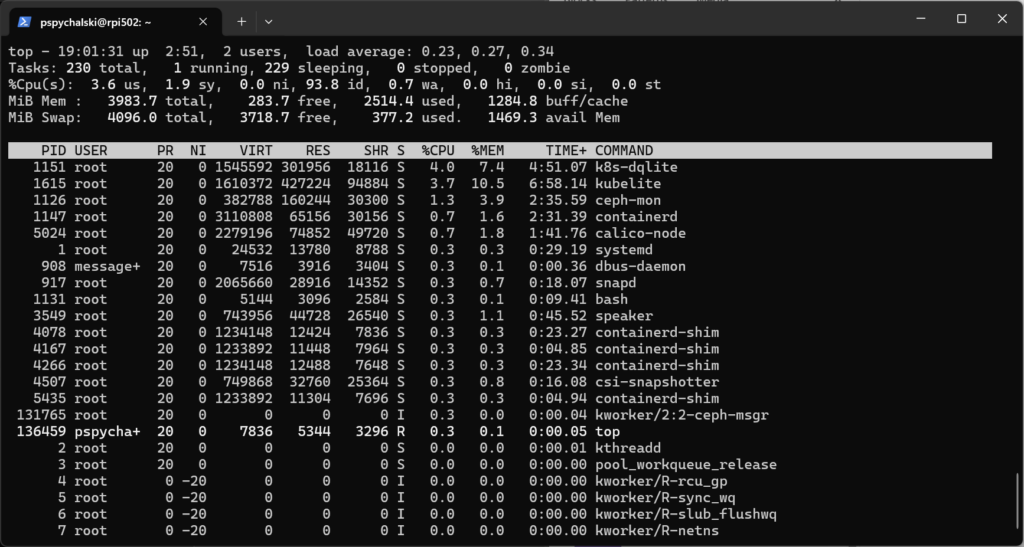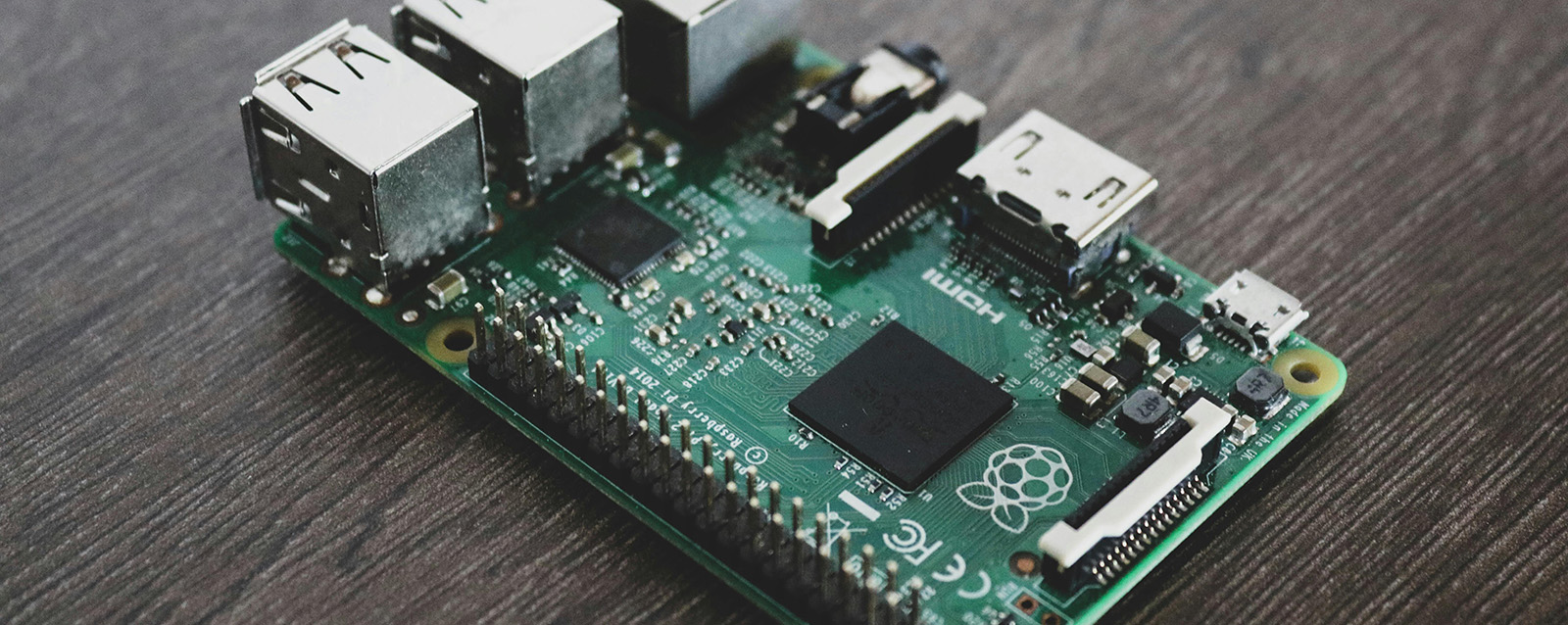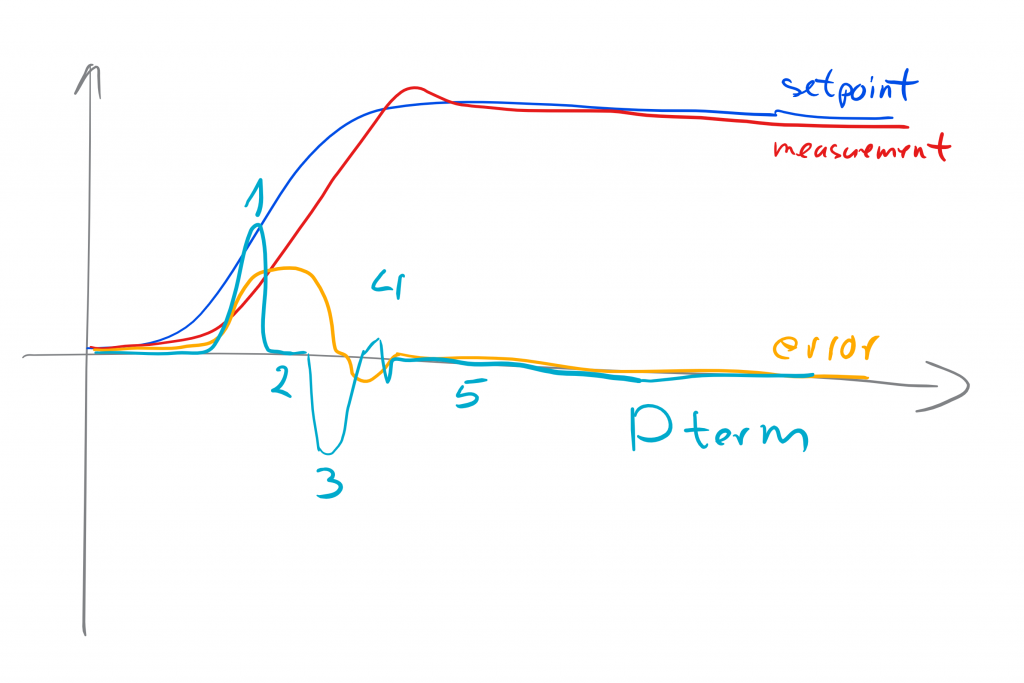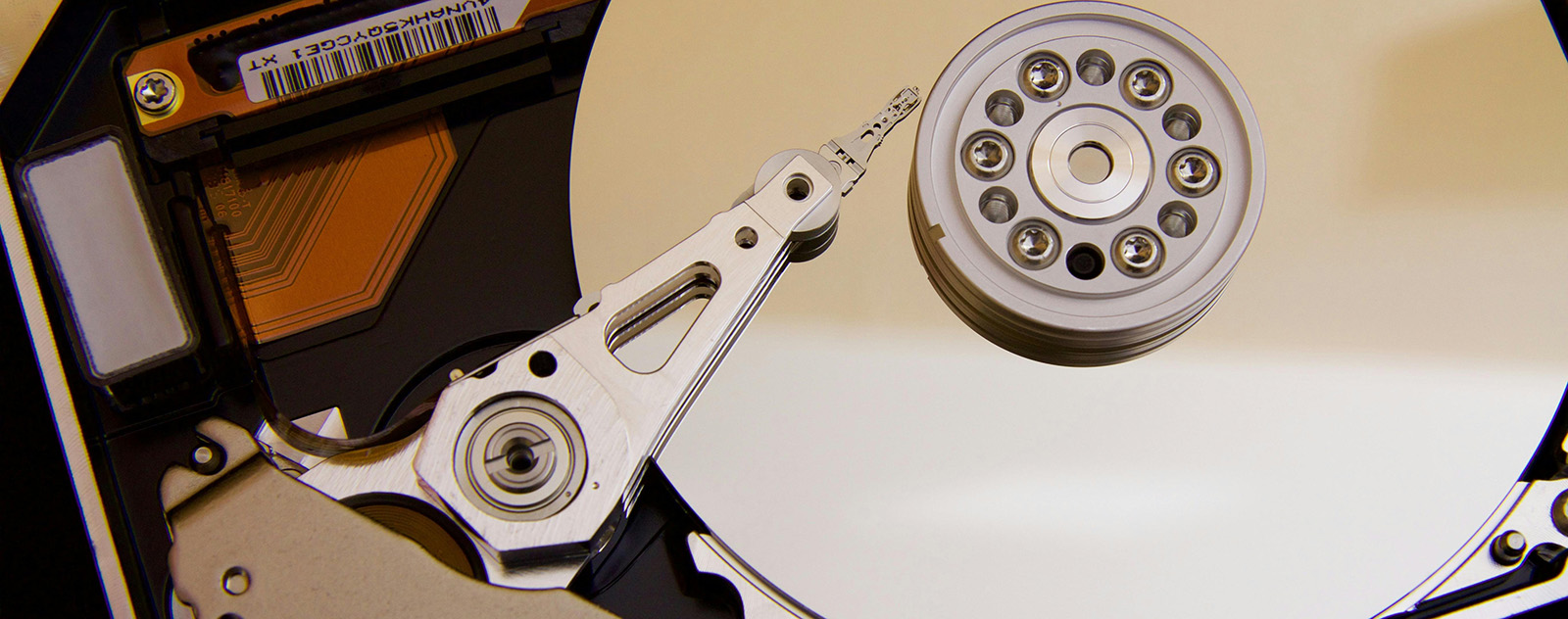By default, Raspberry Pi Linux images come without swap enabled. And it makes sense! SD Cards used as a default are not suited to be used with swap! They would wear out too fast and in general, would not improve performance that much.
However, with new generations of Raspberry Pi, where you can install operating system on a SSD drive (for Raspberry Pi 4 connected via USB) it starts to make sense to give our Raspberry Pi a little extra swap memory. This becomes especially important for Raspperry Pi 5 which has PCIe bus exposed and can easily be used with NVME M.2 drives (with a special HAT of course).
In this post let’s enable swap file on a Raspberry Pi running Ubuntu (or other Debian based OSes).
This tutorial assumes that you already have migrated your Raspberry Pi Ubuntu instance to a NVME SSD drive. Don’t do it if you still use SD Cards, it will do more hard than it’s worth it.
First step is to create out swap file. Here, with a size of 4 gigabytes
sudo fallocate -l 4G /swapfileThe, let’s set correct permissions
sudo chmod 600 /swapfileConvert the file we just created to swap format
sudo mkswap /swapfileAnd enable it
sudo swapon /swapfileFinally, we should mount our swap file on every boot. To do it, edit fstab
sudo nano /etc/fstabAnd add the following line
/swapfile none swap sw 0 0From now on, our Raspberry Pi will be able to use a fast, SSD based swap memory.

Ah, one more thing. To check swap usage you have a couple of options. My favorite is good old top, but sudo swapon --show will also work







Leave a Reply